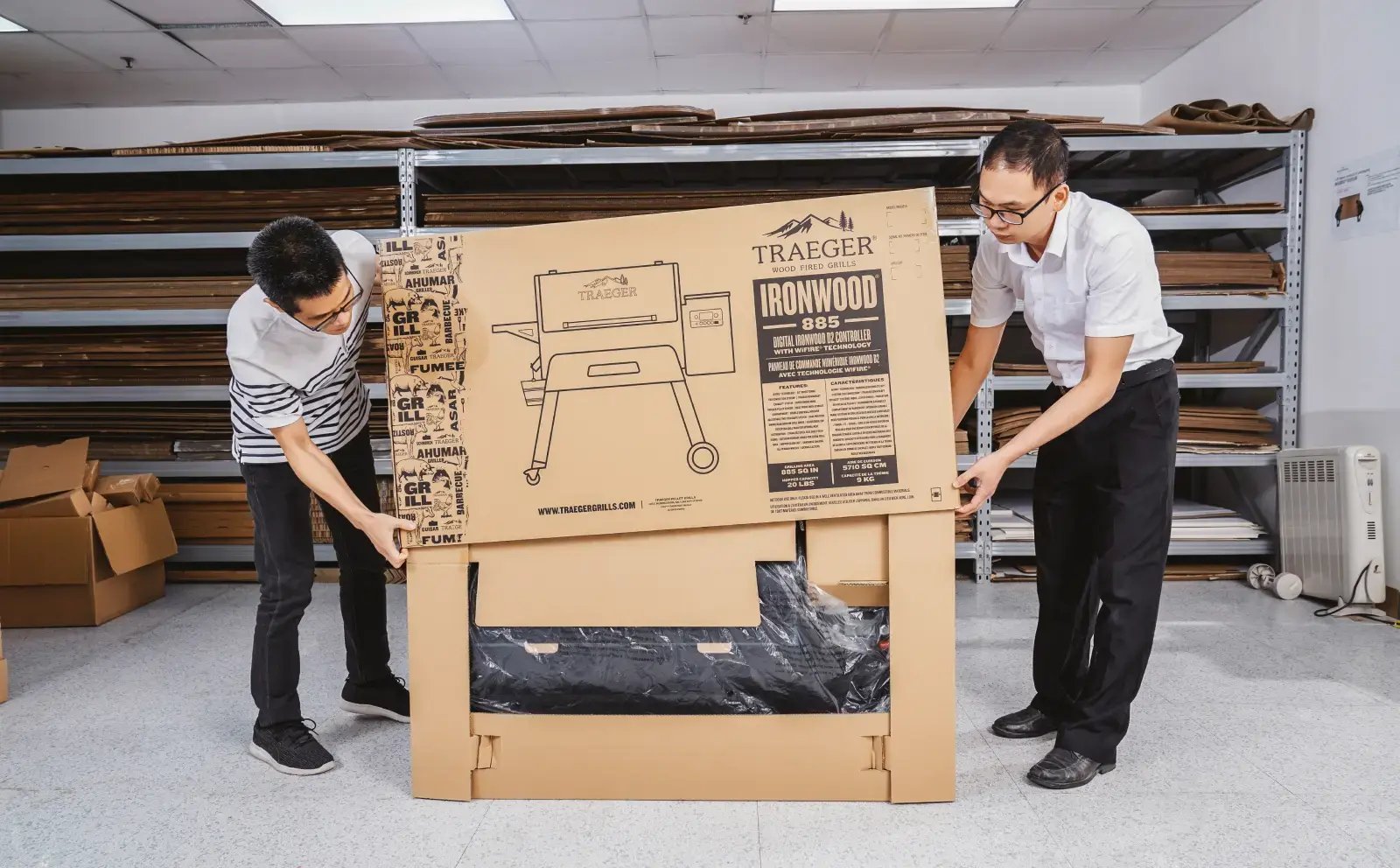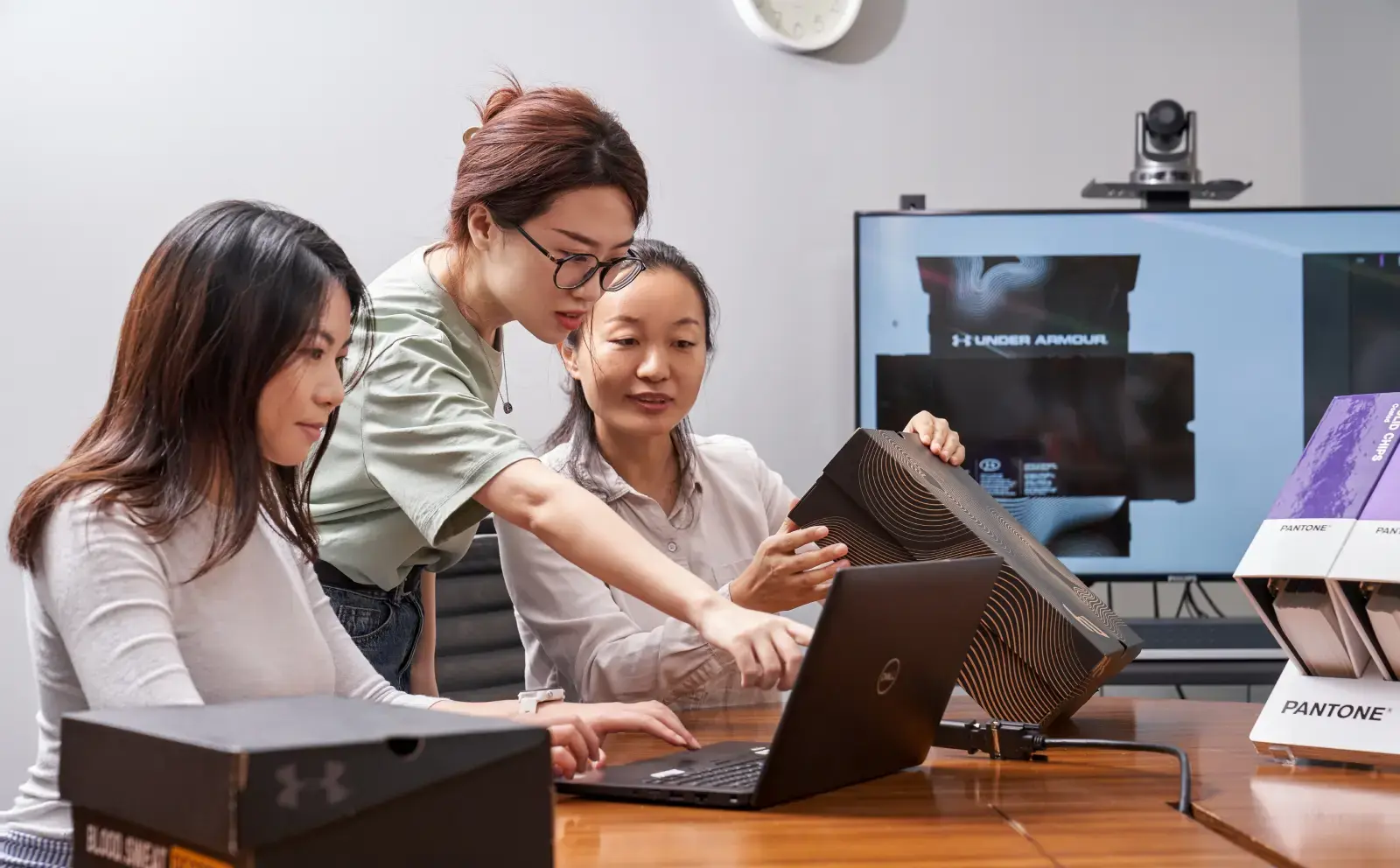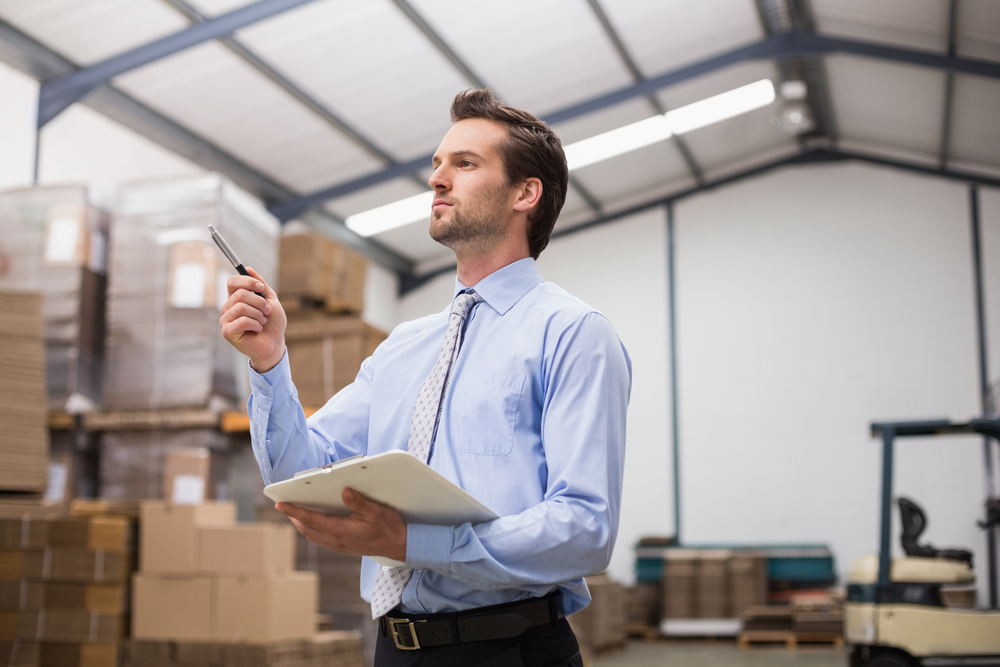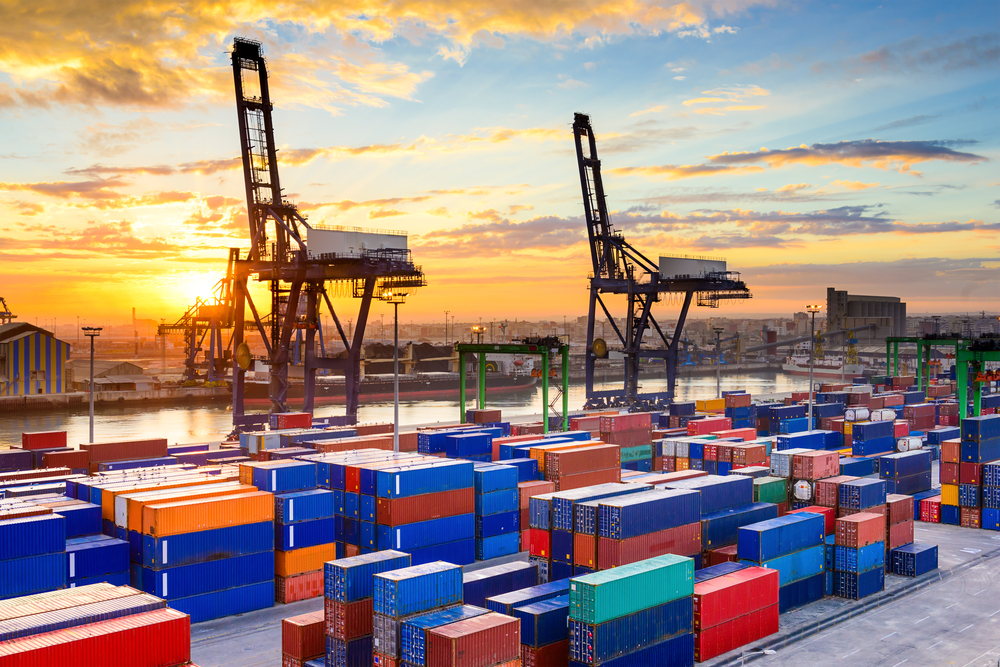How Is Packaging Usually Designed?
There are a few ways that retail and transport packaging design are typically divided:
- OEMs design both retail and transport packaging: In this case, brands are simply applying their own graphics to packaging that was designed elsewhere.
- Brands design retail packaging and OEMs design transport packaging: This can lead to situations where the transport packaging is not optimized for the brand’s specific product.
- Brands design both retail and transport packaging: Taking control of both your retail and transport packaging can improve efficiency and performance, but it’s important to ensure that the teams designing these two types of packaging are in sync.
Treating packaging as an afterthought can lead to inefficient space utilization and high rates of product damage. To avoid these issues, brands should develop retail and transport packaging at the same time as the product.

What Happens When Retail and Transport Packaging Are Not Designed In Tandem?
The disconnect between retail packaging and transport packaging damages brand perception and sustainability efforts
Often, brands design and begin producing their retail packaging before they have even begun to design or consider their transport packaging. Because retail packaging is seen and experienced by customers, companies tend to be more concerned with its design. Unfortunately, many brands don't see the effect that transport packaging can have on their customers' experience.
When brands develop retail packaging internally and leave transport packaging to their OEMs, the people designing transport packaging are not fully in tune with the brand and its supply chain. They may not be as concerned about sustainability, efficiency, or ensuring the product arrives at its end destination intact.
At the end of the day, OEMs don’t experience repercussions for inefficient packaging. Their job is to make sure the product is ready to leave the factory, and they're not necessarily incentivized to create transport packaging that is customized for sustainability or cost-savings.

The Benefits of Taking a Systems Approach to Packaging
Retail packaging is what the customer sees on the shelves or when their product arrives at their home, but transport packaging affects the efficiency and sustainability of a brand's supply chain.
Improve structural integrity and reduce product damage
Even if your retail packaging has been carefully designed to fit your product, chances are there will be problems with how it is being packed within transport cartons if you haven’t taken the time to audit your transport packaging. For example, transport packaging that leaves too much space between and around products can cause them to shift excessively. This movement increases the risk of damage to both the retail packaging and the product itself. Damaged packages usually need to be repacked once they reach the distribution center, creating more time between production and your product reaching the end customer.
Eliminate wasted space to reduce freight costs and improve supply chain sustainability
Beyond the damage to the retail packaging, when your transport packaging isn't optimized, you are essentially paying to ship empty space and may not be moving your product in the most efficient way. In today's world, where container rates are high and prone to volatile changes, if you're not maximizing the amount of product in your container, then you are spending more money than you need to on transporting your products.
Of course, there is also a sustainability loss anytime you experience product damage or shipment inefficiency. Leaving too much extra space and having to ship new products to replace damaged ones creates more waste and uses more resources than efficiently packed containers.

Key Takeaways: Bring Packaging to the Forefront of Your Development Process
Designing product, retail packaging, and transport packaging in tandem allows for streamlined adjustments to product dimensions without disrupting production. While retail packaging often reflects a brand's personality and shelf presence, it must also be optimized to align with transport packaging and supply chain requirements. Teams responsible for these designs may work separately, but close collaboration and open communication are essential to ensure retail packaging integrates seamlessly with transport needs.
Partnering with a packaging solutions provider like Trillora can make coordinating and executing improved packaged design simpler and more effective. Our services include not only packaging design, but also ensuring packaging meets sustainability and transparency regulations, efficiency improvements, and prototyping and testing.
By integrating a packaging partner and breaking down siloes between design teams, brands can reduce inefficiencies, minimize product damage, and improve supply chain efficiency, ultimately driving cost savings and operational effectiveness.




